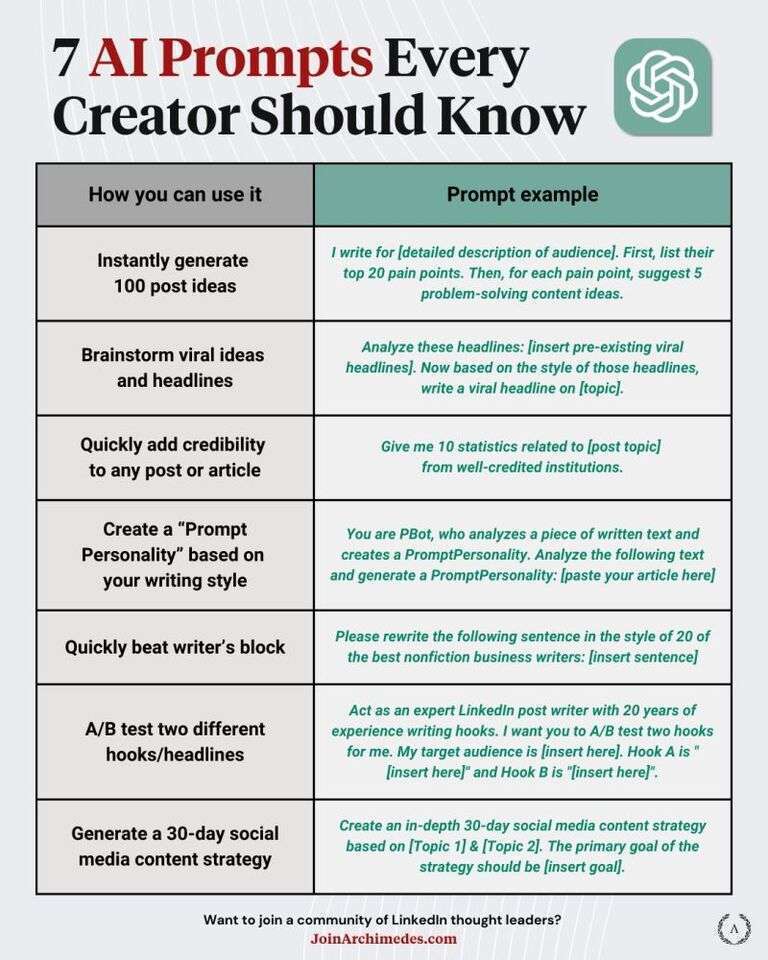#1: Conflicting project visions lead to wasted efforts
Two teams working on the same project have different understanding of the project goals and requirements. They work towards conflicting visions, resulting in wasted time, resources, and frustration when the discrepancies come to light.
#2: Unclear roles and responsibilities cause duplication and gaps
Team members are not given clear definitions of their roles and responsibilities. This leads to confusion, duplication of efforts, and important tasks falling through the cracks as everyone assumes someone else is handling them.
#3: Jargon and acronyms create confusion and exclusion
Overuse of industry jargon, technical terms, and company-specific acronyms in communications leads to confusion and misunderstandings, particularly for new hires or cross-functional teams. It also creates a sense of exclusion for those not "in the know."
#4: Inconsistent messaging across channels erodes trust
Different departments or leaders communicate conflicting information about company policies, strategies, or priorities across various channels (e.g., email, meetings, intranet). This inconsistency erodes trust in leadership and hinders alignment.
#5: Lack of documentation leads to tribal knowledge silos
Important processes, decisions, and context are not documented and shared consistently. This leads to the formation of "tribal knowledge" silos, where critical information is only known to a select few. When those individuals leave the company, the knowledge is lost.
#6: Asynchronous communication causes misalignment and delays
Over-reliance on asynchronous communication channels (e.g., email, chat) for complex or urgent matters leads to misalignments, misinterpretations, and delays. Lack of real-time clarification and feedback loops exacerbates the problem.
#7: Cultural differences lead to misinterpretations and offense
In global or multicultural organizations, differences in communication styles, norms, and expectations across cultures lead to misinterpretations, misunderstandings, and unintentional offense. Lack of cultural awareness and sensitivity training compounds the issue.
#8: Inadequate onboarding leaves new hires in the dark
New hires are not given sufficient onboarding, context, or training to understand the company's processes, tools, and expectations. They struggle to navigate the organization and communicate effectively with their colleagues, leading to frustration and inefficiency.
#9: Lack of transparency fosters rumor mills and mistrust
Leadership fails to transparently communicate important information, such as company performance, strategic decisions, or organizational changes. This lack of transparency fuels rumor mills, speculation, and mistrust among employees.
#10: Overreliance on passive communication breeds misunderstandings
Companies rely too heavily on passive communication methods, such as mass emails or company-wide memos, to convey critical information. Without active, two-way communication and opportunities for clarification, misunderstandings and misinterpretations persist.



Hot comments
about anything